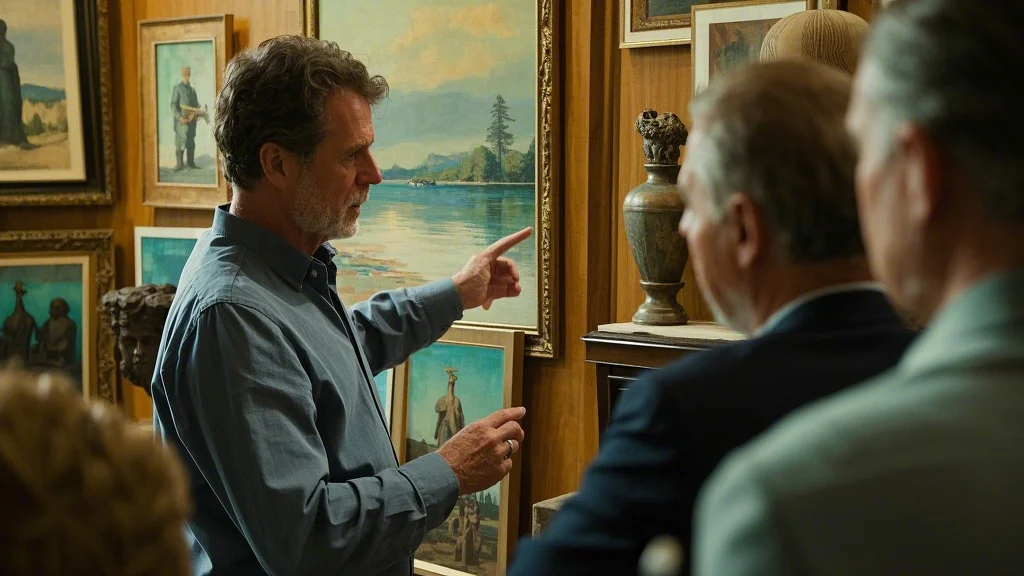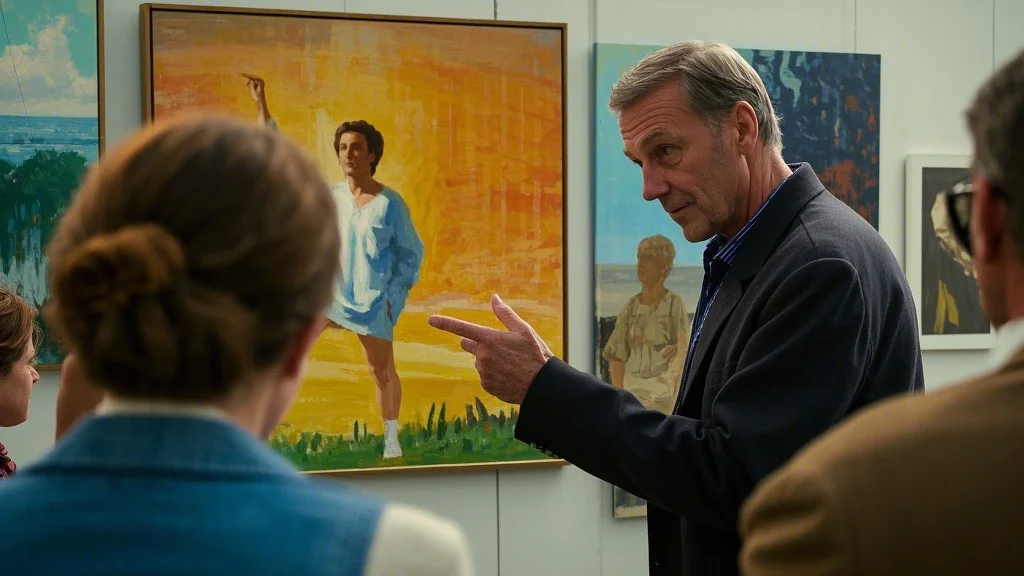Understanding art and collectibles as investments
The world of art and collectibles as investments offers unique opportunities beyond traditional financial markets. Unlike stocks and bonds, these tangible assets provide aesthetic enjoyment while potentially appreciating in value. The most successful approaches to art and collectibles as investments focus on acquiring pieces with proven provenance, rarity, and cultural significance. Contemporary art has shown particularly strong growth, with emerging artists often providing the highest percentage gains for early investors. Condition remains paramount – a mint condition collectible can be worth exponentially more than one with slight imperfections. Storage and insurance considerations add to holding costs but are essential for preserving value. Auction records and gallery relationships provide crucial market intelligence for making informed acquisition decisions. Many collectors start with categories they’re personally passionate about, as this knowledge and enthusiasm often leads to better investment outcomes.
Exploring the best alternative investments 2025
Forward-thinking investors are evaluating the best alternative investments 2025 to diversify beyond traditional assets. Rare whiskey and fine wine have emerged as compelling options, with certain vintages appreciating steadily over time. The most promising best alternative investments 2025 include vintage watches from prestigious manufacturers, which have shown remarkable resilience during economic downturns. Classic cars, particularly limited-production models from the 1950s-1980s, continue attracting passionate collectors worldwide. Rare books and manuscripts offer intellectual appeal alongside financial potential, especially first editions of landmark works. Digital collectibles and NFTs represent newer alternatives, though their long-term viability remains debated. Many investors create diversified collections across multiple categories to spread risk. Professional authentication services are essential when entering these markets, as counterfeit items can completely undermine investment value. Storage solutions tailored to specific collectibles help maintain condition and maximize future returns.

Identifying high-yield alternative investments in collectibles
Certain segments of the collectibles market offer high-yield alternative investments potential for discerning buyers. Limited edition prints by established artists often provide more affordable entry points with strong appreciation potential. The most accessible high-yield alternative investments include vintage jewelry from renowned houses, particularly pieces with exceptional craftsmanship or historical significance. Sports memorabilia connected to iconic moments or athletes can deliver spectacular returns, though market knowledge is crucial. Rare coins and stamps benefit from well-established grading systems that facilitate liquidity. Emerging categories like space memorabilia or vintage technology are gaining traction with younger collectors. Many successful collectors focus on niches where they can develop specialized expertise, often uncovering undervalued opportunities before broader market recognition. Building relationships with reputable dealers and auction specialists provides access to the best investment-grade pieces before they reach broader markets. Patience is essential – the most valuable collections typically appreciate over decades rather than years.
Strategies for diversifying investment portfolios with collectibles
Sophisticated investors use diversifying investment portfolios approaches incorporating collectibles to reduce overall volatility. The key advantage of diversifying investment portfolios with tangible assets lies in their low correlation to financial markets, providing stability during stock downturns. Many wealth managers recommend allocating 5-15% of a portfolio to alternative assets like art and collectibles. Geographic diversification matters too – collecting pieces from different regions and cultures spreads risk across varying market dynamics. Time diversification involves building collections gradually rather than making large purchases at single price points. Some investors participate in fractional ownership platforms that allow shared ownership of high-value items. Tax considerations significantly impact net returns, with certain jurisdictions offering favorable treatment for cultural assets. Insurance appraisals should be updated regularly to ensure adequate coverage as values appreciate. Estate planning requires special attention for collectibles to ensure smooth transition and avoid unnecessary tax liabilities. Regular collection audits help identify pieces that may have peaked in value and should be considered for sale.
Incorporating impact investing principles into collecting
Ethical collectors are increasingly applying impact investing principles to their acquisition strategies. Supporting living artists through direct purchases represents one form of impact investing in the art world, fostering creative careers while building future value. Many collectors focus on works that address important social or environmental issues, aligning their collections with personal values. Emerging markets art provides economic support to developing regions while offering growth potential as these art scenes mature. Sustainable collecting practices include verifying ethical sourcing of materials, particularly for jewelry and decorative arts. Some collectors establish foundations to share their collections with the public, creating cultural value beyond financial returns. Provenance research helps ensure artworks weren’t looted or unethically acquired in the past. Digital platforms now enable broader participation in impact-focused art investment, democratizing access to this asset class. Documentation and conservation efforts preserve cultural heritage while maintaining investment value for future generations. Thoughtful collectors consider both financial potential and positive societal impact when building their holdings.
Building a comprehensive collection strategy
The most successful collectors combine these art and collectibles as investments approaches with disciplined diversifying investment portfolios principles. This might involve establishing core holdings in blue-chip art categories while allocating smaller portions to emerging segments with growth potential. Developing relationships with conservators and restoration experts helps preserve collection value over time. Participation in collector communities provides valuable market intelligence and potential buying/selling opportunities. Maintaining detailed records of acquisition costs, restoration work, and exhibition history enhances future sale potential. Many collectors work with specialized wealth managers who understand the unique aspects of alternative asset portfolios. Regular reappraisal of collection strategy ensures alignment with evolving personal circumstances and market conditions. Ultimately, the most valuable collections balance financial objectives with personal passion, creating both monetary and intangible rewards that endure across generations. By approaching collecting with the same rigor applied to traditional investments while preserving the joy of ownership, investors can build meaningful collections that stand the test of time.
